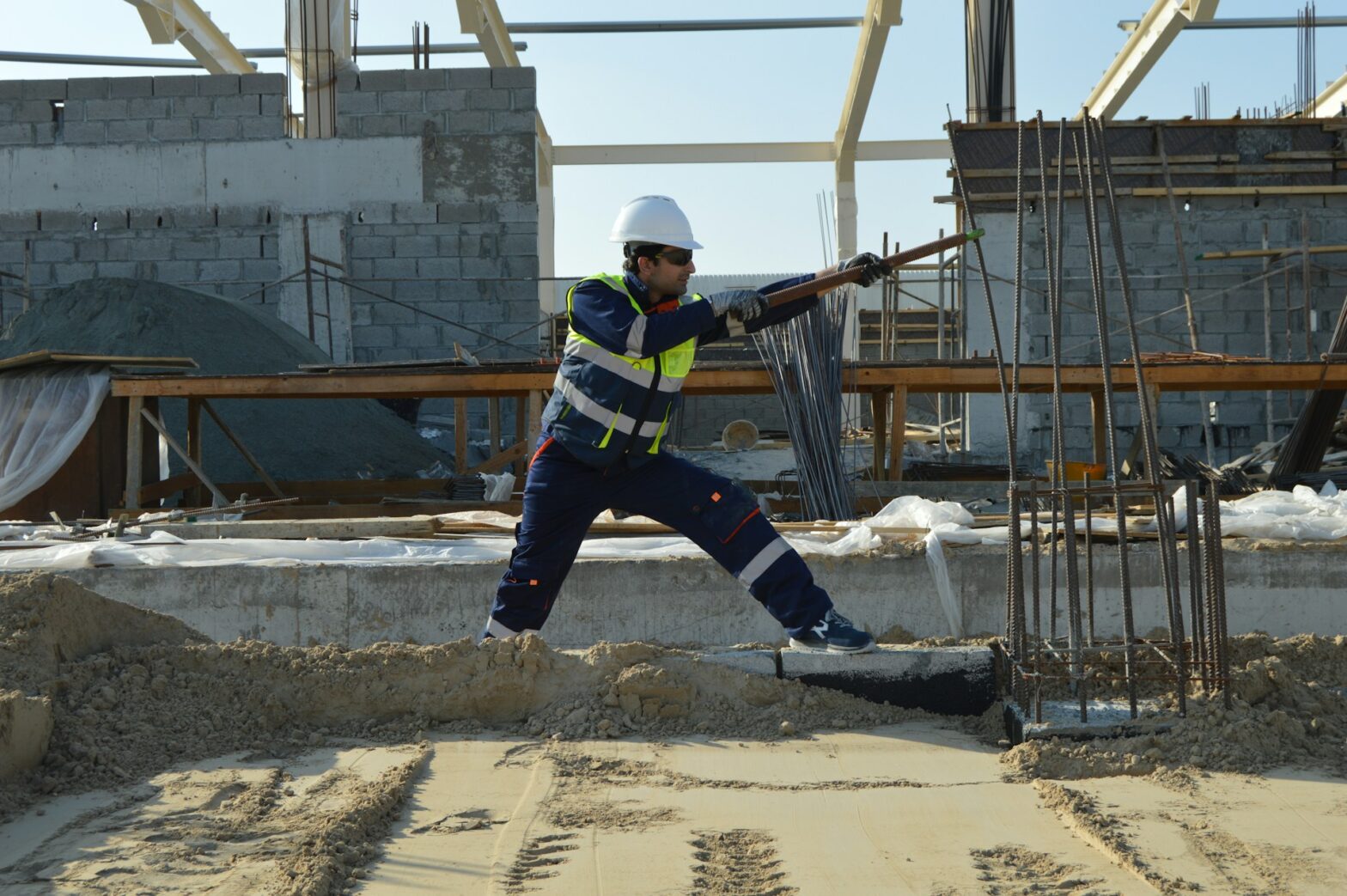“Prevent Workplace Injuries” is a mantra that should resonate deeply with anyone in the construction industry. As the second deadliest job in the United States, construction work carries immense risks. The dangers are not just immediate; many workers suffer from chronic pain or illnesses long after they’ve left the job site or retired. Shockingly, construction workers also have one of the highest suicide rates among occupational groups. It’s clear that a new approach to safety is urgently needed. One that considers not just the physical environment but also the overall well-being of workers. By focusing on a holistic approach that includes following federal and local construction safety standards combined with a proper diet and warmup exercises and stretches, we can significantly reduce the number of injuries and fatalities in this critical industry.
How Fatigue Can Increase the Likelihood of Accidents at Construction Sites
Fatigue is a silent but deadly hazard in the construction industry. When workers are fatigued, their ability to remain aware of hazards, respond quickly to unexpected events, and make sound decisions diminishes. Studies have shown that fatigue-related accidents are rising in labor-intensive fields like construction. According to the Centers for Disease Control and Prevention (CDC), fatigue increases the risk of workplace accidents by up to 70%. Fatigue not only slows down reaction times but also impairs cognitive functions, leading to lapses in judgment that can result in serious accidents.
In construction, where the margin for error is slim, fatigue can have catastrophic consequences. Overly tired workers are more likely to skip safety checks, misuse tools, or fail to notice hazards. This makes fatigue a critical factor that must be addressed as part of any comprehensive workplace safety strategy.
How Food Can Reduce Workers Fatigue and Burnout
Diet plays a crucial role in maintaining energy levels, reducing the likelihood of burnout, and preventing workplace injuries and accidents. For construction workers, the right food can mean the difference between a safe, productive day and a tired one filled with hazards.
When construction workers consume sugary drinks and junk food, they experience a short burst of energy followed by a sharp decline, often referred to as a “sugar crash.” This leads to increased fatigue and decreased focus. On the other hand, eating a balanced meal that includes whole grains, lean proteins, and healthy fats provides sustained energy, helping workers stay alert and focused throughout the day.
Many people associate the word diet or healthy food with bland, unflavored food. However, healthy food can be delicious. For instance, corn tortillas, bean, and chicken tacos topped with a fresh salsa made with tomatoes, onions, garlic, and cilantro can be both flavorful and nutritious. Many traditional foods are rich in nutrients. However, make sure to avoid fried, sugary, and processed foods.
Snacks like nuts and fruits can also provide quick energy without the crash associated with sugary or junk food snacks. Staying hydrated is essential; regular water breaks can help maintain consistent energy levels and reduce the risk of dehydration, which can cause fatigue and impair cognitive function. Eating healthy and staying hydrated should be some basic workplace injury prevention tips.
How Stretching and Warmups Are Ways to Prevent Workplace Injuries
Muscle strain is one of the most common injuries in the construction industry, often resulting from the physically demanding nature of the work. Over time, repeated strain can lead to chronic pain and long-term health issues. However, incorporating stretches and warm-ups before, during, and after work can significantly reduce the risk of these injuries. Warmups and stretches also increase blood flow to the brain and help the worker keep focused, productive, and situationally aware for the rest of their shift.
Tips to Prevent Workplace Injuries by Implementing Stretch and Snack Breaks
Employers play a central role in creating a safe working environment. One of the strategies to prevent workplace injuries is to implement structured stretching and warm-up exercises at the beginning of each shift and during breaks for all workers. In addition, offering regular snacks and water breaks can prevent fatigue, keeping workers more alert and focused. A well-hydrated and nourished worker is less likely to experience the fatigue that leads to accidents. Implementing best practices to prevent workplace Injuries should include providing workers with healthy food options and encouraging regular snack and water breaks.
What Should Workers Do in Case of an Accident?
Despite all efforts to prevent workplace accidents, they can still happen. Knowing the correct steps to take in case of an accident is essential for construction workers.
- Seek Immediate Medical Attention: The worker’s health should always be the first priority. Even if the injury is not visible, getting a medical evaluation to rule out internal injury or long term health effects is essential.
- Document Everything: Keep detailed records of the accident, including time, location, and circumstances. Keep records of all communication with supervisors and all medical visits.
- Gather Evidence: Take photos and videos of the accident site, and if possible, get statements from witnesses.
- Contact a Workers’ Compensation Lawyer: A successful workers’ compensation or personal injury lawyer can help navigate the complexities of filing a compensation claim or a lawsuit and increase the likelihood of the injured worker receiving the compensation they deserve and need to have peace of mind, and recover from their injuries.
A Holistic Approach to Work Accident Prevention
Everyone in the construction industry should strive to prevent workplace injuries. By focusing on a holistic approach that starts with following all construction safety standards and continues to develop a proper diet, regular stretches, and warm-up exercise, we can significantly reduce the risks associated with construction work. These methods to prevent workplace Injuries are not just about following regulations but about fostering a culture of safety and well-being. It’s time to prioritize the health of construction workers and create a safer, more supportive work environment.



















